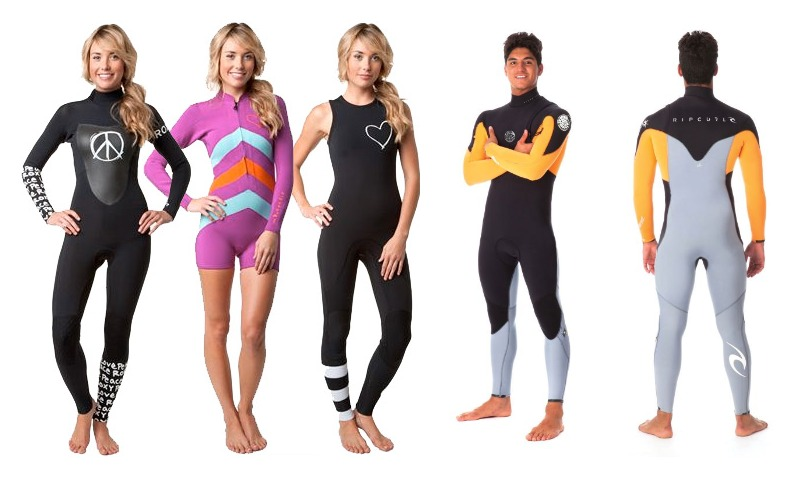
There are a number of myths about wetsuits among the people who love to swim and dive in the sea water. Some are hard to believe while some seem as they are true. It is a common myth that wetsuits keep you warm in the chilled water. However, many misconceptions need to be cleared to know the facts and truth about wetsuits.
This post explains the most common misconceptions about wetsuits;
It’s a misconception that all the wetsuits are made same and only differ in brand names. No, wetsuits come in a variety of materials and qualities. That is why they are available under a wide price range. Some wetsuits come with internal taping while others are available without taping. Wetsuits also come with a hood, some are glued, and some are blind stitched. All the varieties of wetsuits also differ in terms of stretch and durability. All wetsuits are not same as they are available in a variety of materials and qualities.
It is another most common misconception that wetsuits keep you warm. When you go to buy a wetsuit, you can see that all the seams are perfectly sealed. It seems like the wetsuit keeps the body warm in the water, but actually, it is not so. Wetsuits are made for thermal insulation, and abrasion resistance, but all wetsuits are not warm. They are made up of neoprene which contains small closed cells that are filled with air to provide protection from cold water. The warmth of a wetsuit depends on the thickness of neoprene material. Thicker the material, more the heat-trapping cells, more is the insulation and warmth.

No, wetsuits do not help you to float on water as they do not provide you with buoyancy. However, they are beneficial in cold waters as they keep your body warm which helps you to float easily. An oversized wetsuit lets the water in and keeps it as an insulation layer between itself and your body to keep you warm.
This is another myth that wetsuits are designed to keep the body dry in water. No, it’s not wetsuits; it’s the dry suits that keep you dry. Wetsuits are designed in a way to let the water in and absorb the heat from your body. The warm water is locked in the wetsuit which keeps your body warm and protects you from the cold water outside.

Both the back zip wetsuits and chest zip wetsuits offer their own advantages and disadvantages. Actually, the one you choose to wear underwater depends on your choice and requirements. The wetsuits with back zips are easier to wear and remove as they have a long zip at the back. On the other hand, chest zip wetsuits have a small zip which makes them difficult to wear and remove from the body.
Moreover, in the chest zip wetsuits, the zip is on the front which makes the paddling easy and flexible. However, they are more prone to flushing when you go for a duck diving. Depending on the individual choices and requirements, some people feel that chest zip wetsuits are comfortable while others say that back zips are better.
No, it is the biggest mistake that people make when they dry their wetsuit in a washing machine dryer. Doing so will damage the material and insulation cells of the suit which makes it unsuitable for use. The wetsuit loses the insulation and the protection it provides from cold.

No, the sizes of wetsuits are not same as the sizes of clothes. If a 40 size shirt fits you well, a 40 size wetsuit may not work for you. You need to try on a wetsuit before you buy to know which size fits you well. A wetsuit should be skin tight so that there is no space for water to enter your suit. You should know your height, weight, cheat and waist measurements while selecting the right size of your wetsuit.
Ski Wetsuits are designed to provide you insulation and protection from cold water. Usually, they are made of neoprene material and are available under a wide range of designs and brands like wavelength wetsuit. The above-mentioned points are the most common myths and misconceptions that people think about wetsuits. Considering the above points, you need to do your own research and consider